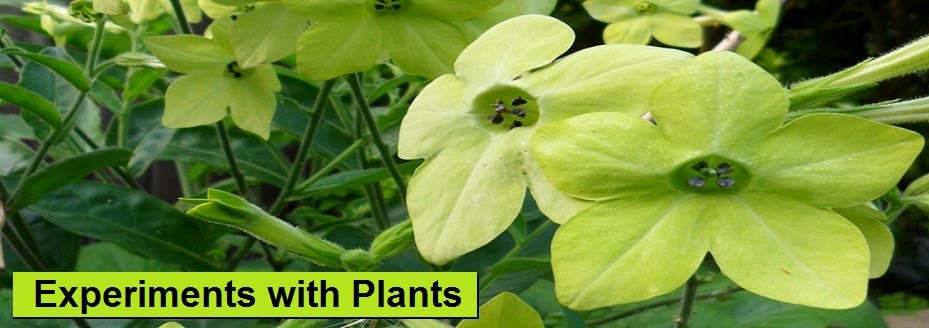In late autumn, when the excitement of the flowering season was over and I was taking stock, I saw this sprawling mess of leaves in the suntrap area of my garden and thought that I should get rid of this plant, and its partner growing in the shade, at the soonest opportunity. I had never watered them and didn't know their name. They were out of proportion with the rest of my garden, were taking up a lot of ground space and were an ideal hiding place for slugs & snails. I had vowed that I would keep all of the plants that Dorothy had left me but these were more weeds than garden plants, surely. I just needed to find something to replace them.
Then it snowed and I hoped that Mother Nature would do me a favour, but she didn’t.
Then it snowed and I hoped that Mother Nature would do me a favour, but she didn’t.
A couple of weeks ago, I was inspecting fox damage in my garden, when I spotted a pinkness amongst the leaves. Nestled in the centre where the leaves splayed apart were dark pink buds in one and pale pink in the other, which just goes to show it's all about timing sometimes, by beating the spring bulbs they captured my attention. I took a quick photo and asked Mr. F at work if he could identify it. Being a lawnsman, he didn't have a clue, but he printed it out to ask Mrs. F that evening. At the printer, he met a woman who gave her diagnosis. "Oi, Big Nose – it's a weed" he declared as he returned to his desk, which I accepted.
The morals of this story are :
(1) Don't take advice from women you happen to meet at the works printer, not about gardening anyway.
(2) Have faith in your wife, especially if she is a gardening expert.
(3) Even the ugliest amongst us can shine if we pick the right moment to flower. (I just made this up, but I'm sure there's something that can be learnt from the hellebore.)
I looked up hellebores on the internet to classify my sub-species and found : http://www.hellebores.org/
Hellebores are from the buttercup family (Ranunculaceae) and fall into two main categories stemmed and stemless. They say that most plants bought in garden centres are likely to be hybrids of the stemless varieties (ie. flowers and leaves grow separately from the underground rhizome).
Then googling "photos of hellebores", I found a picture with coarse leaves (I hope she doesn't mind me saying) similar to mine in Greenforks blog. She advised cutting back the leaves because it makes the plant less susceptible to Hellebore Leaf Spot, which I did, uncovering a snail graveyard in the process, but the flowers now seem exposed and vulnerable, and appear to have frozen in their bud state during the bitterly cold spell this week.
Visit www.appalachianfeet.com/ on the first Monday of every month to read posts about Great Plants.

